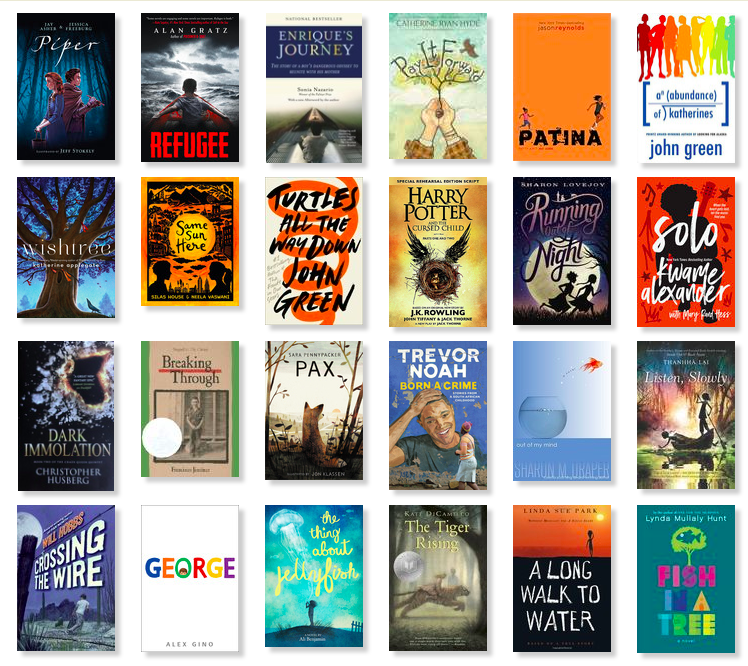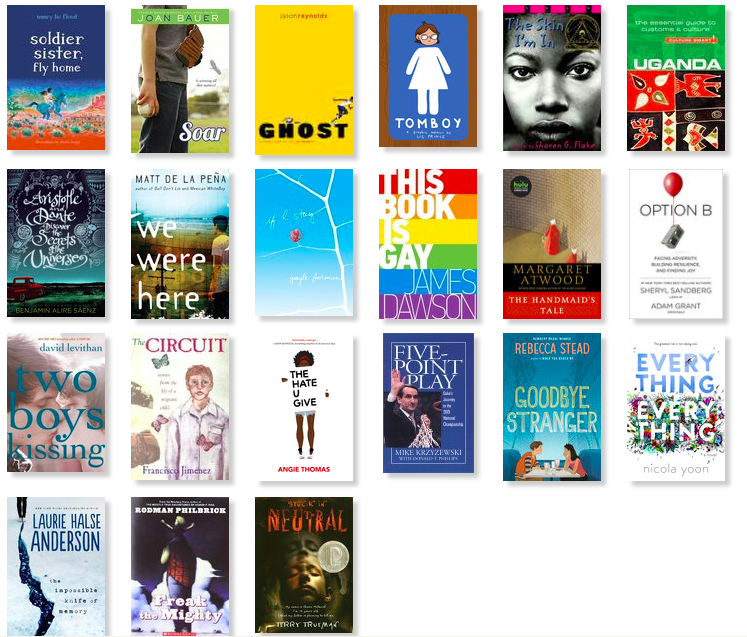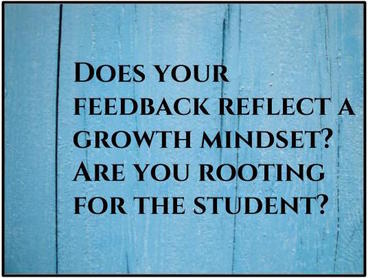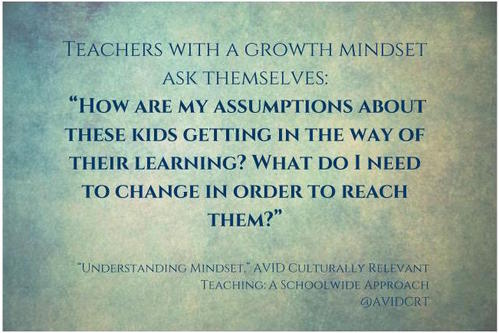Here's a quick list of the 4 YA books being released in 2018 that I am anticipating the most. I can guarantee that they will be huge hits with students in my middle school reading intervention class.
|
#1: War Storm by Victoria Aveyard
The conclusion to the Red Queen series. If you're like me, *slightly obsessed with YA series,* then you may have been in a rut after The Hunger Games and Divergent fury died down. For a few years there, I didn't have a kick-butt heroine surviving in a dystopian world to cheer for. Well, luckily one of my students introduced me to the Red Queen series and Mare Borrow, a poor Red girl turned powerful Silver with electrokinetic powers like no one has seen. Throw in a love triangle between two brothers striving to sit on their late father's throne as King, and you'll understand why I'm anxiously awaiting this book to drop on May 15, 2018. |
|
#2: All Summer Long by Hope Larson
My students DEVOUR graphic novels. In 2017, that meant they read Raina Telgemeier's Babysitter's Club Graphix books on repeat. It was rare for those books to be "in-stock" on my classroom library bookshelves. This year, I'm excited to bring them All Summer Long, building on the babysitting idea but focusing more on music and friendship. It should be an easy sell to my students. Look for this book to drop on June 26, 2018. |
|
#3: Kristy's Big Day (The Baby-Sitters Club Graphix #6)
by Ann M. Martin (author) and Gale Galligan (illustrator) Speaking of Raina Telgemeier's Babysitter's Club series... Lucky for us, Gale Galligan has taken over the Babysitter's Club Graphix series so there are more to come. Telgemeier illustrustrated the first four, and Galligan has picked up with number 5 and now 6. The graphic novels follow the original storylines from Ann M. Martin, so Kristy's Big Day is about her mom's wedding and the 14 kids they need to babysit during the week leading up to it. Look for this one on August 28, 2018. |
|
#4: Supernova (Amulet series #8) by Kazu Kibuishi
When you teach reading intervention in middle school, it's an uphill battle to get students excited about reading. It usually takes HIGHLY engaging books that can hold their attention span through the difficulties they face when reading. I knew I had hit GOLD when I had a student read the entire Amulet graphic novels, all 7 of them, in a week. I couldn't even bring myself to get mad at him when he was reading during instruction. There's something magical about this series, and my students can't wait for the next book. Look for Supernova on September 25, 2018. |
































 RSS Feed
RSS Feed
